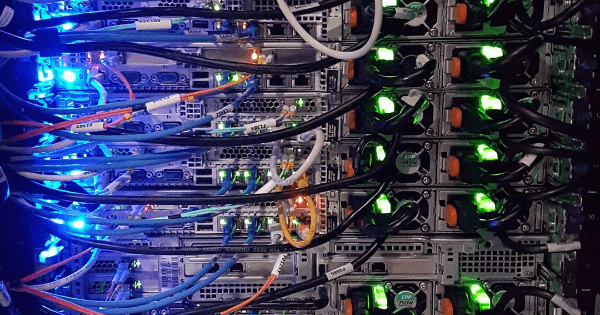In 2020, many of us use the Internet on a constant basis. But that does not mean that everyone can have access to this luxury, nor that everyone can benefit from having the same level of secure capacity connectivity. There is much discussion about whether 5G wireless Internet could come to replace fiber-optic networks as broadband. But is this a realistic goal? What kind of potential drawbacks are there to get to this? In today’s article, we will explain some of the main differences between broadband Internet over fiber optics and 5G wireless connections, and talk about whether 5G could replace broadband usage altogether.
Broadband Internet
First, let’s look at one of the most familiar methods of accessing the Internet: broadband. With a broadband connection, you can always be online (in contrast to older dial-up connections). While you can use a few different methods to access broadband Internet, fiber-optic Internet has become the leader. Over the past five years, fiber capacity has increased; in fact, the fiber optic cable manufacturing industry has grown by 11.8%. This is largely because broadband Internet is fast and fairly accessible. Fiber optic broadband connections are among the fastest options available and provide the secure capacity connectivity that customers expect.
However, broadband is not perfect. While it offers impressive speeds and the kind of secure capacity connectivity that many customers seek, it is not always available in all areas, especially in rural or remote locations. In addition, fiber optic broadband connections will always require the use of cables. For some, that may make it difficult to use the Internet by having to stay connected, or it may not completely fit their lifestyle. As a result, customers may seek alternatives that do not tie them down or place limits on their ability to access the Internet.
5G Internet
Wireless Internet is an increasingly popular option for secure connectivity, but often requires the use of a router. However, there are now wireless internet options that can be used through mobile devices, eliminating the need for a traditional wireless internet setup. One such option is 5G Internet (or fifth-generation wireless cellular). All U. S. wireless carriers have already launched some form of 5G cellular network, making it possible for someone with just a cell phone or smart device to get Internet access quickly.
Some of the benefits of 5G include high speed, responsiveness and even the ability to connect more than one device to the network. And because 5G Internet options can provide greater connectivity in areas that might otherwise limit access or reliability, the use of this type of connection is attractive to many consumers. In addition, some providers have already launched 5G Internet options specifically for residential use, allowing customers to replicate the high-quality connection on their phones for home use.
That said, you will still need to use a receiver for this type of service, which means an increase in electricity usage within your home. In addition, 5G speed is not always what it seems to be. And since 5G signals can also be interrupted due to external factors, this may not be a completely reliable option so far.
Could 5G replace broadband connectivity?
While it is true that widespread use of 5G could address some of the shortcomings experienced with other types of Internet connections, the reality is that 5G is still relatively new to our reality and must be improved much further before it can truly replace any type of broadband connection over fiber optics. It is also worth noting that some groups may oppose a nationwide 5G network due to health concerns; although there is no evidence that 5G uses any negative health effects, it may be an uphill battle to convince some that these networks pose no harm to the public.
In other words, there are certain major barriers standing in the way of widespread deployment of 5G networks. And while 5G could solve certain problems, the reality is that those who rely on heavy Internet use may prefer the secure connectivity provided by fiber-optic broadband connections. In essence, these two types of networks will probably need to work together, rather than against each other, to ensure that everyone can access the Internet they need.
Learn more about UFINET’s towering services.
Sources:
https://linkrel.net/r/?D27DBB
https://linkrel.net/r/?B5CAF0
https://linkrel.net/r/?D5C58E
https://linkrel.net/r/?951512
https://linkrel.net/r/?B1443C
https://linkrel.net/r/?20F773




